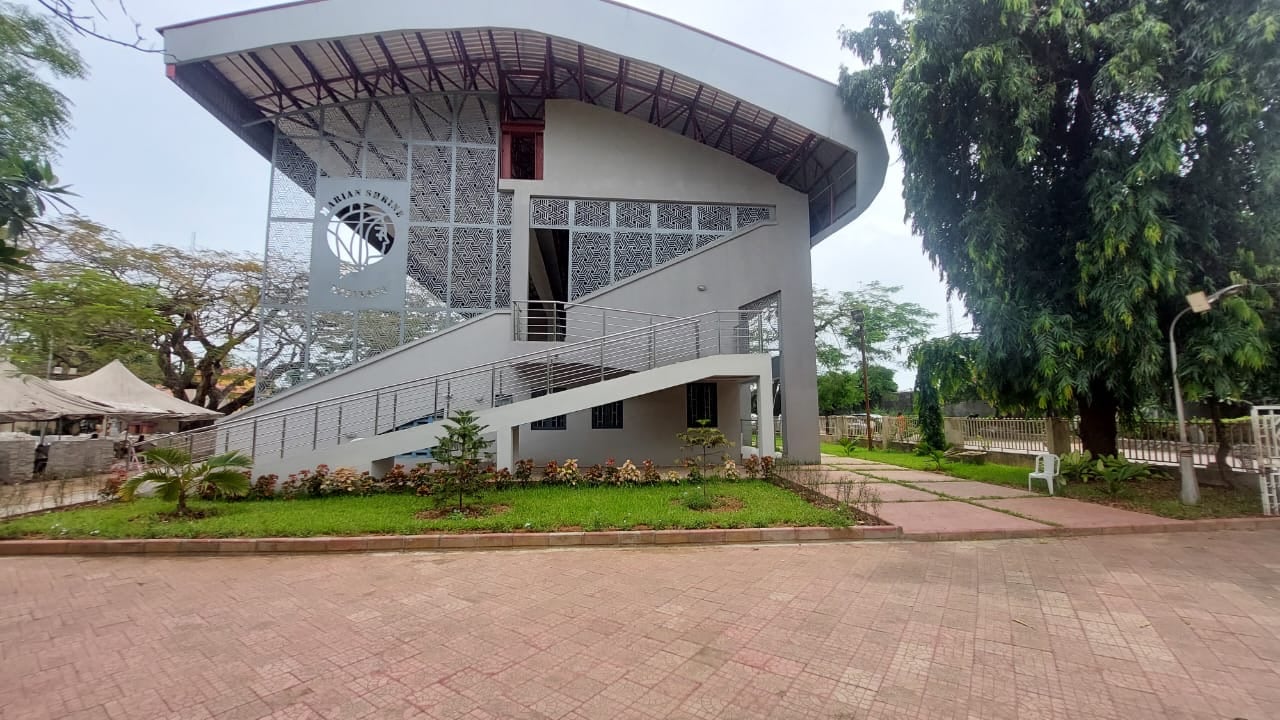Looking at the image above, one would have thought that the structure (concrete works) had been constructed with heavy machinery and equipment. It is interesting to note that this edifice was brought to life by mostly traditional methods, with little presence of heavy equipment and machinery.
With the quality of work seen on this project using simple construction methods, one could relate this (in the context of traditional methods) to the level of craftsmanship that might have been used in constructing the pyramids in Egypt. While theories abound, the exact methods used remain a subject of debate. However, given the era when the pyramid was constructed, it is safe to assume it was constructed using traditional methods.
Issues of prolonged project time, reduced output; quality; and safety are, often times than not, associated with traditional methods. With the advent of heavy equipment, over time, the construction industry had witnessed increased efficiency, quality, and reduced project time.
However, like the traditional methods, the use of heavy machineries and equipment comes with its own challenges. The issue of pollution, noise, and its associated safety hazards are amongst the few drawbacks present in the use of most machineries. This further highlighted the need for the industry to adopt advanced technology and sustainable ways of carrying out construction works.
Sustainability, in construction, is a concept that underscores the need to adopt sustainable practices, like advanced technology, active and passive designs, advanced construction methods etc, with the aim of protecting the earth from environmental pollution, depleting natural resources, and enormous waste generation. Like the previous methods, sustainable construction comes with its inherent challenges, but arguably not to the scale of its predecessors. Sustainable construction comes with a lot of benefits. From conservation of natural resources, reduced energy consumption and carbon footprint, improved efficiency and safety, to reduction in waste generation, these and many more, are the advantages of adopting sustainable practices in the construction industry, globally.
With some developed countries at the forefront of implementing the concept of sustainability in construction by introducing certain goals within a specified timeline, like net zero targets, it’s important for other countries, like Nigeria, to be aware of where the pendulum is swinging to in terms of sustainable construction. Embracing the concept of sustainability in construction will aid its adoption and implementation, and this can only be achieved through the support of the government (at all levels) and stakeholders in the construction industry. Sustainable construction is the ‘now’ of the construction industry, and it is important for all stakeholders to key into this concept in order to achieve better construction outcomes and, ultimately, to save planet earth.
Engr. Sylvester Ossai, a civil engineer, writes from Lagos.






